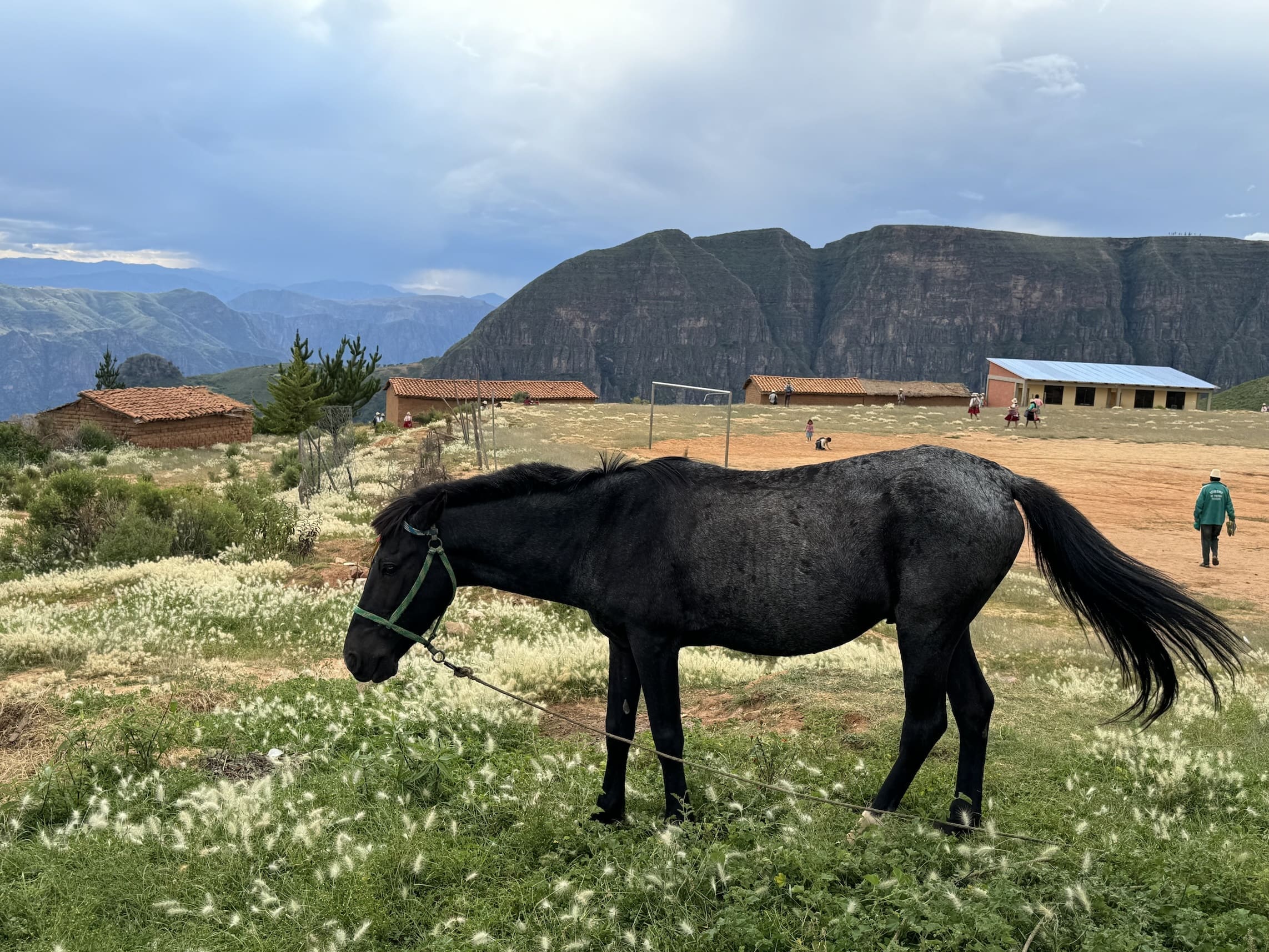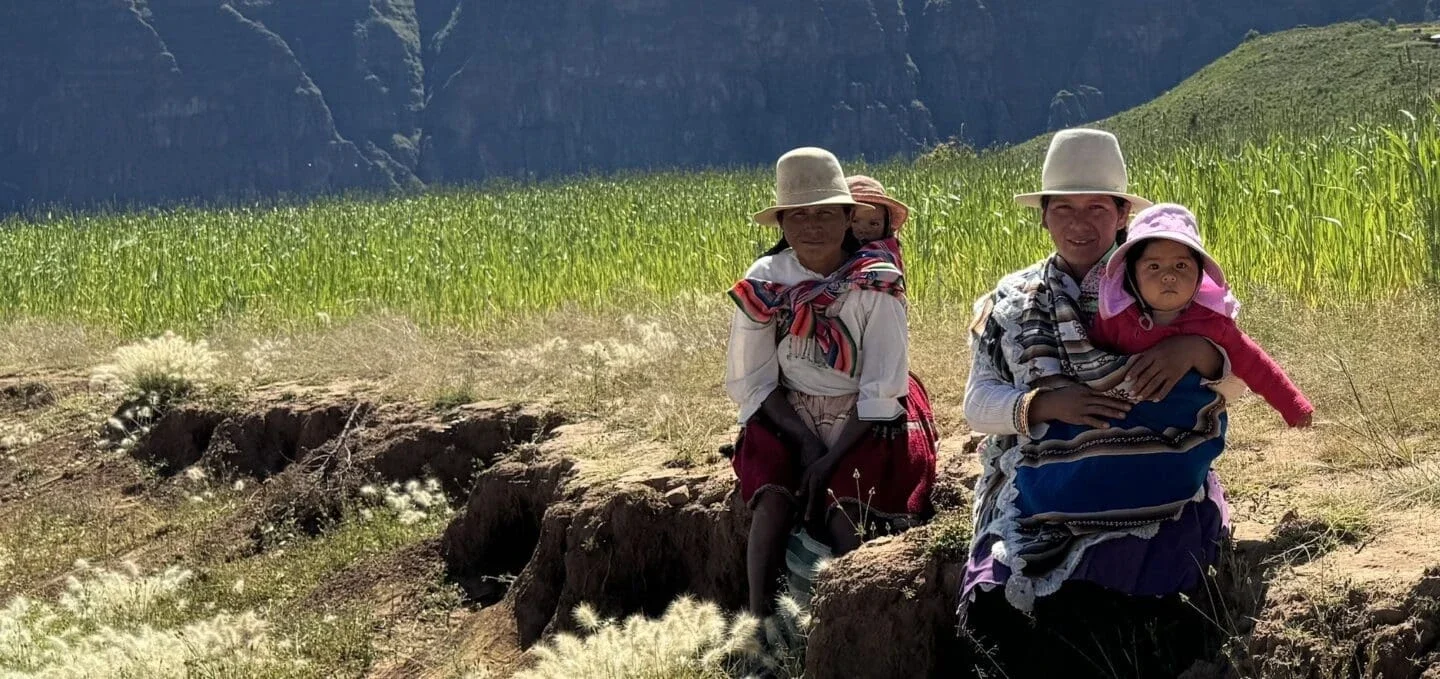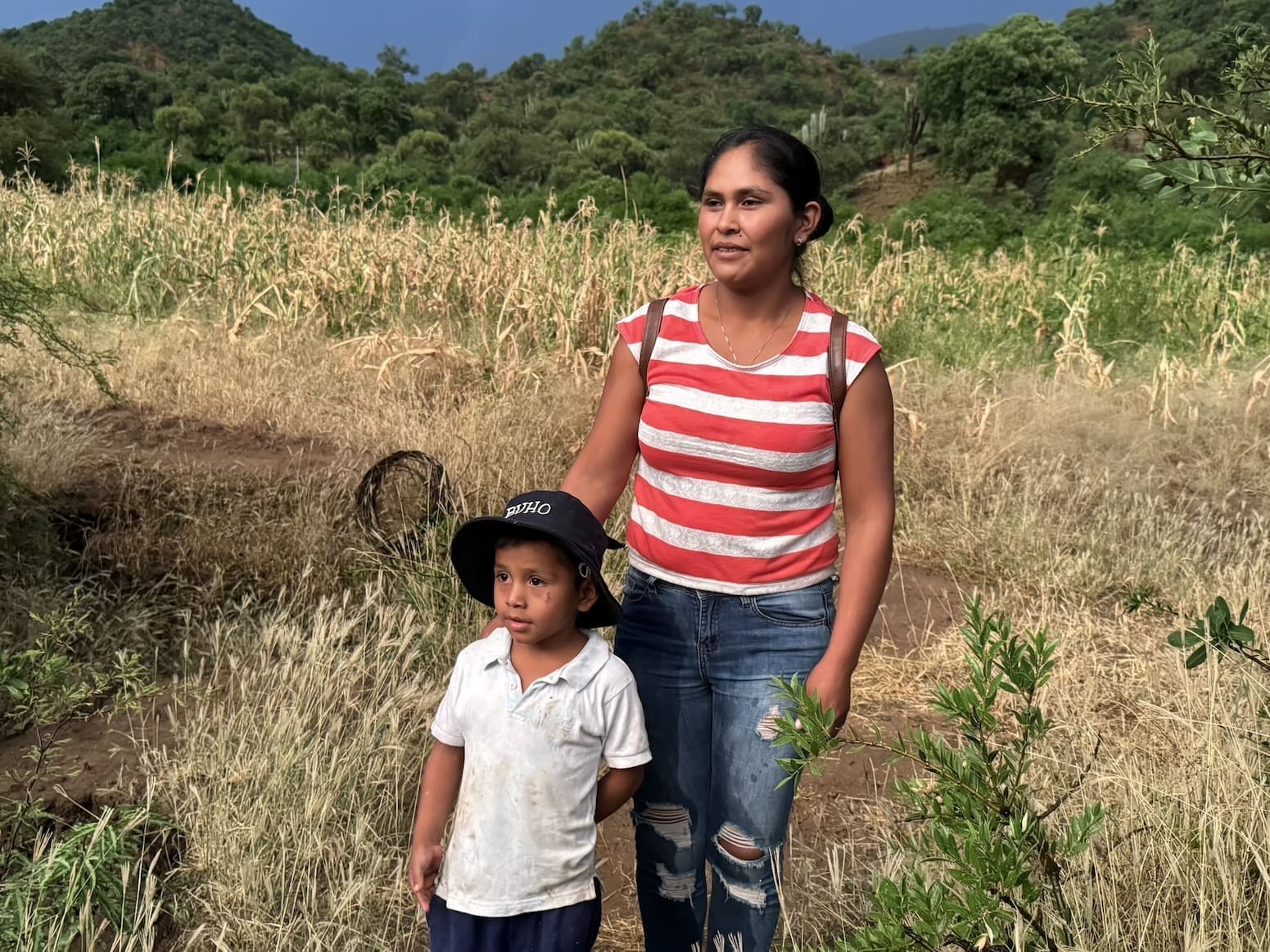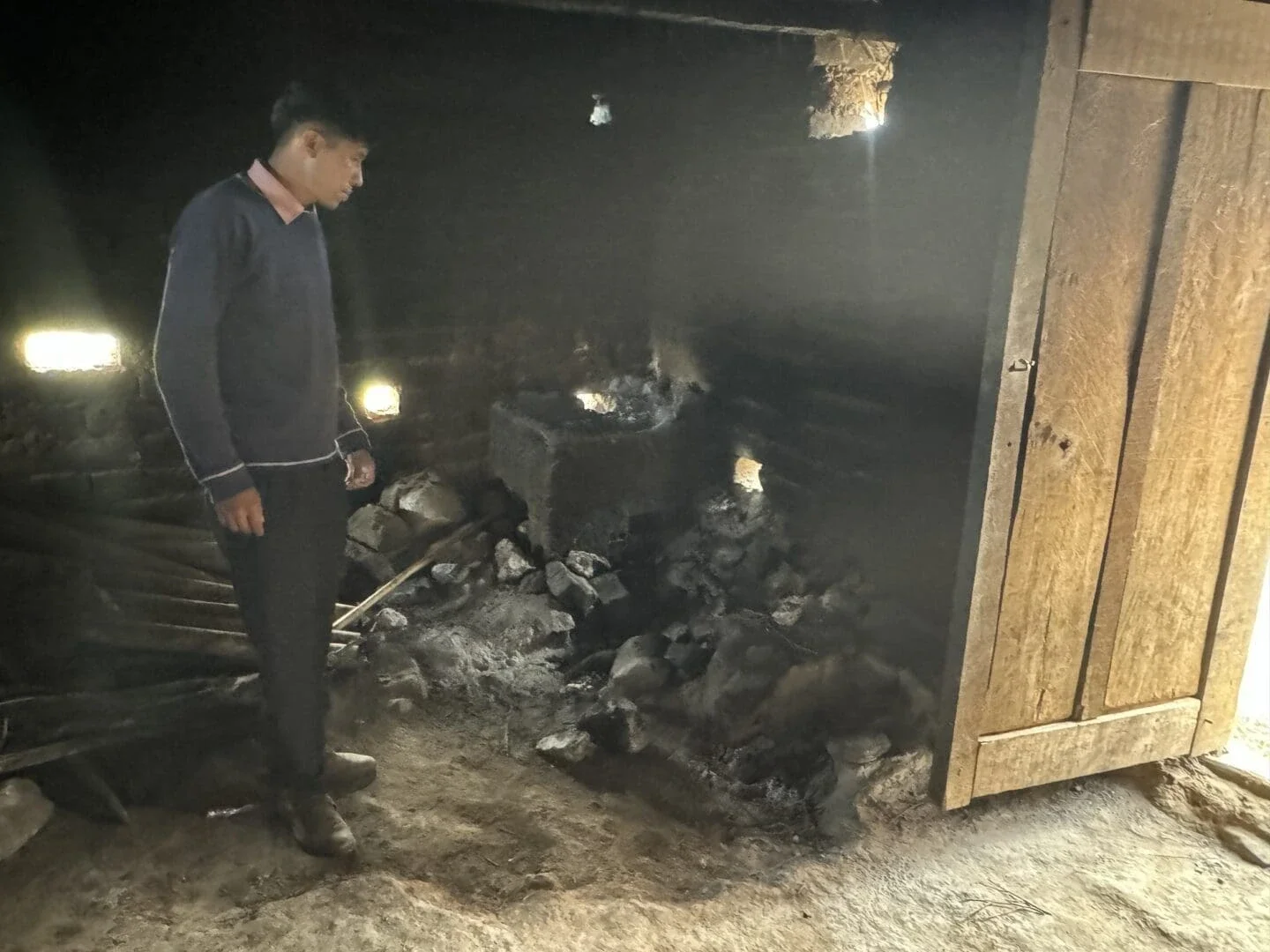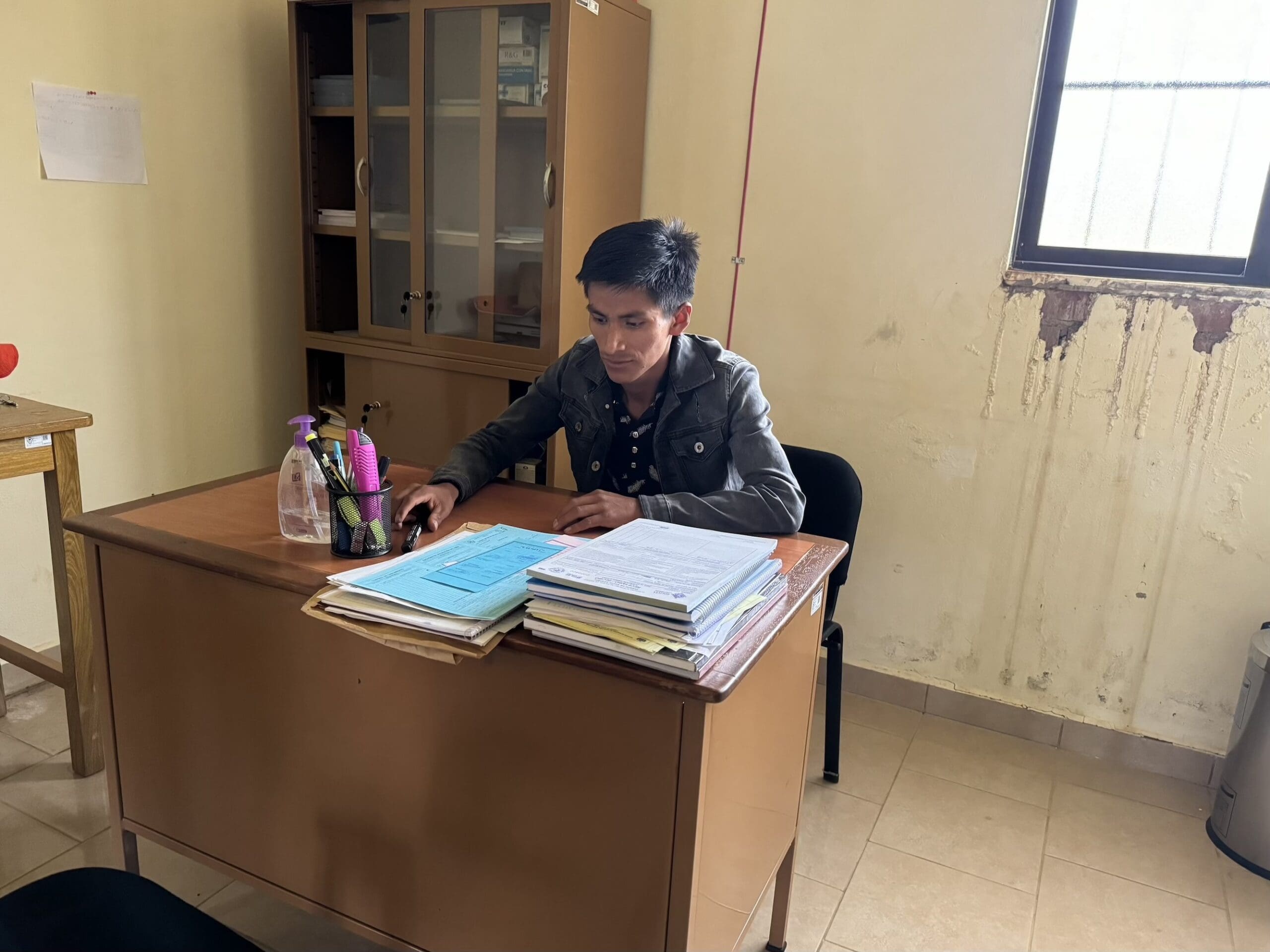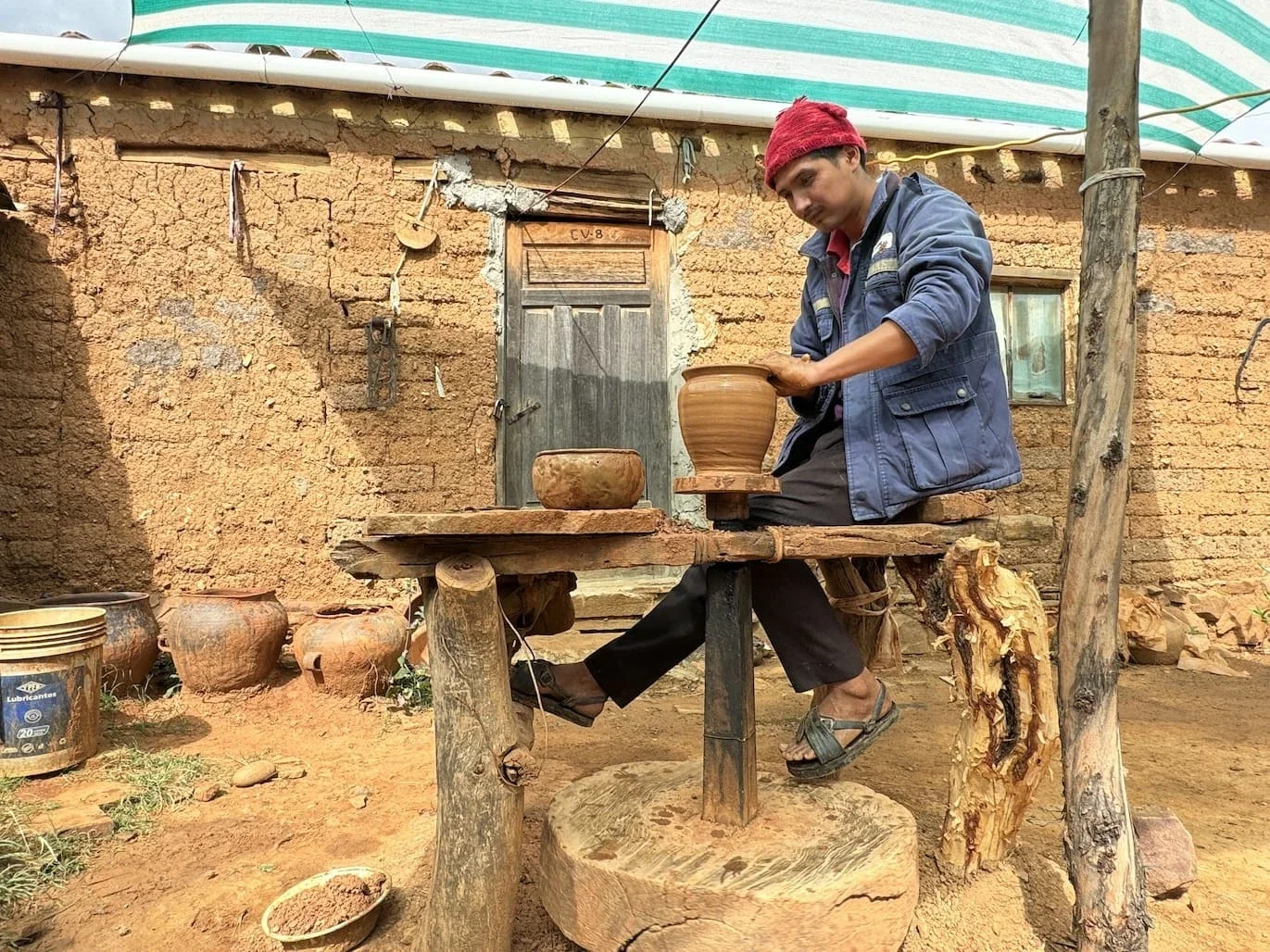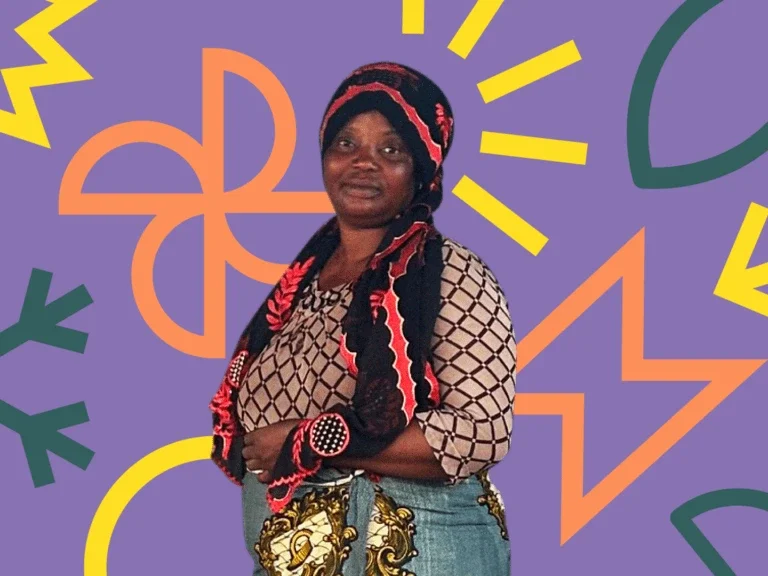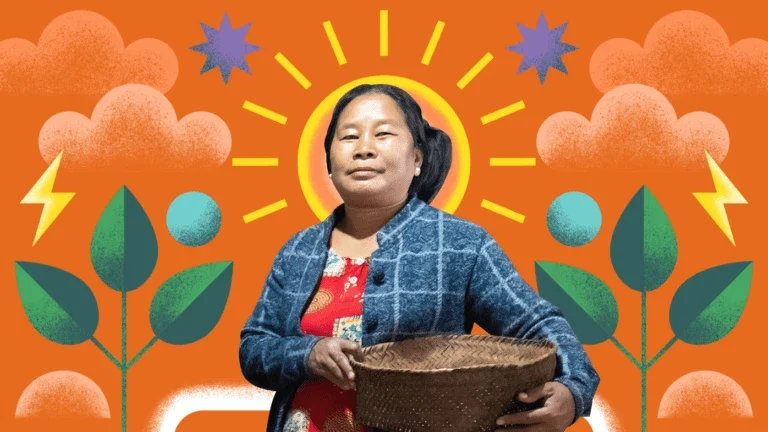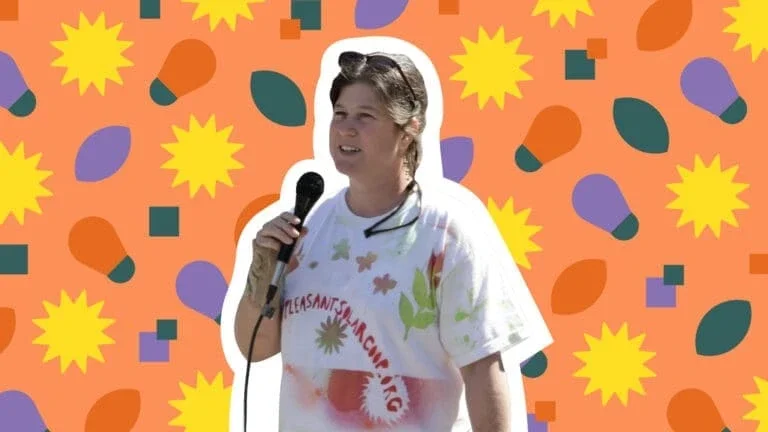Due to its remoteness, bringing electricity to Kewinal will not be a simple project.
But good news is on the way.
Bolivia’s Rural Electrification Program, supervised by the InterAmerican Development Bank and supported by The Rockefeller Foundation through the Global Energy Alliance for People and Planet, is gearing up to bring electricity to 56,000 households, either by installing solar and photovoltaic panels, extending the grid, or doing a little of both.
This is the program’s third stage, and the most ambitious. Kewinal is on high the list, with work anticipated to begin this summer. And Fernando Quinteros, the project’s implementing supervisor, couldn’t be happier.
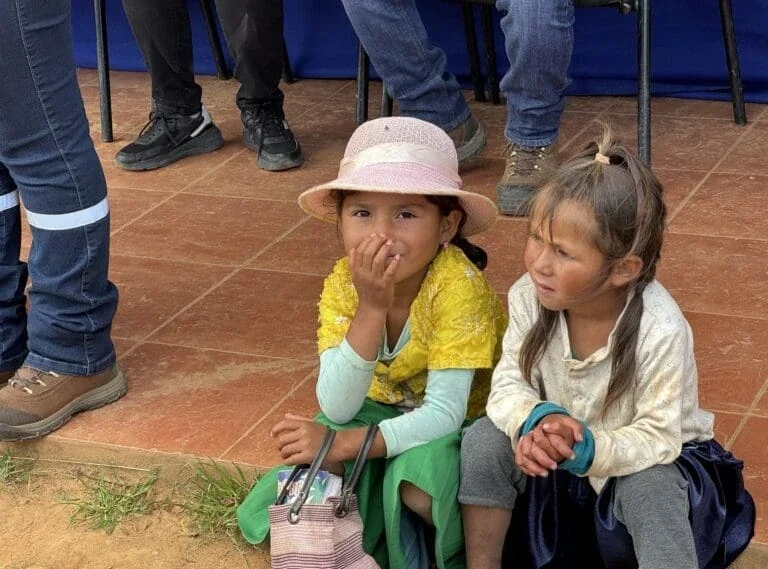
As we race to address the largest challenge of our time, the world’s most vulnerable must be prioritized. We cannot afford to leave the people of Kewinal – or anyone – behind
Ashvin DayalSenior Vice President, PowerThe Rockefeller Foundation
What does electricity mean to those who’ve been without it? Hear these voices from a nurse, a principal, artisans, parents, and others from unelectrified communities.
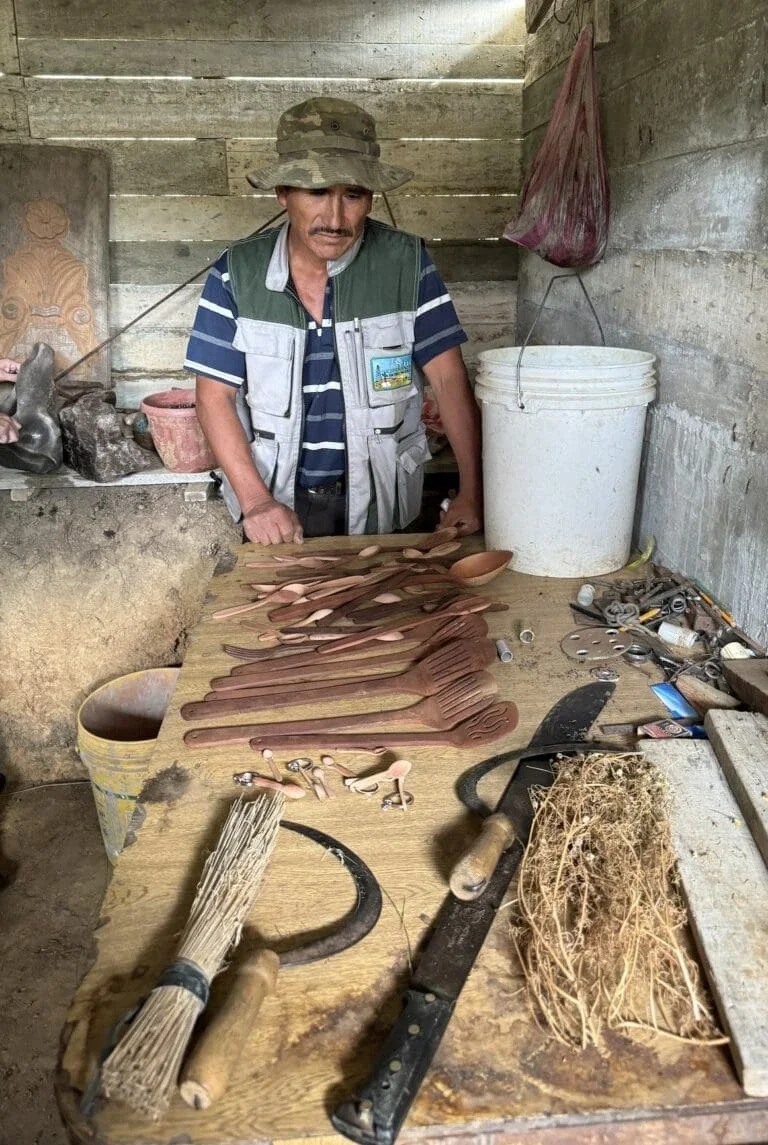
Artisans Look to Electrify Their Incomes
Wilfredo Saavedra got his start as a woodworker at age 8, learning at his father’s side. He and his wife Barbara Hinojosa make wooden utensils, all by hand, in Aqua Blanca, a community of 25 families.
They left the community for about a dozen years, but returned because they missed their home. A visitor can quickly tell why. The air smells sweet, and everywhere one looks, something is growing.
But their four children and one grandchild have all departed. “The economy drove them away,” Saavedra said.
The couple work hard, farming as well as woodworking – “I get worried if I’m not doing something,” Saavedra noted. He dreams of building them a new home, and when electricity arrives, he says, that goal may be closer.
“I can make three times as many items if I have electric saws, sanders, and other tools, instead of doing everything by hand,” Saavedra said.
“And we also will have light, so we can work more hours at night,” added Hinojosa.
In another corner of Aqua Blanca, Moises Vela and his sister Filomena make pottery using techniques passed down by their grandparents, working on a wheel in the courtyard of their ancestoral home.
More in this Matter of Impact Edition
From the Andes to the Amazon, Latin America’s Climate Frontlines
This quarter's online magazine spotlights Latin America, where innovators and local communities are spearheading the climate change fight.
read moreDesperate to Heal the Soil, Colombia’s Smallholder Farmers Go Regenerative
The Growing Hope project is an effort to heal the soil, restore a community’s vitality, and fight a shifting climate.
read more